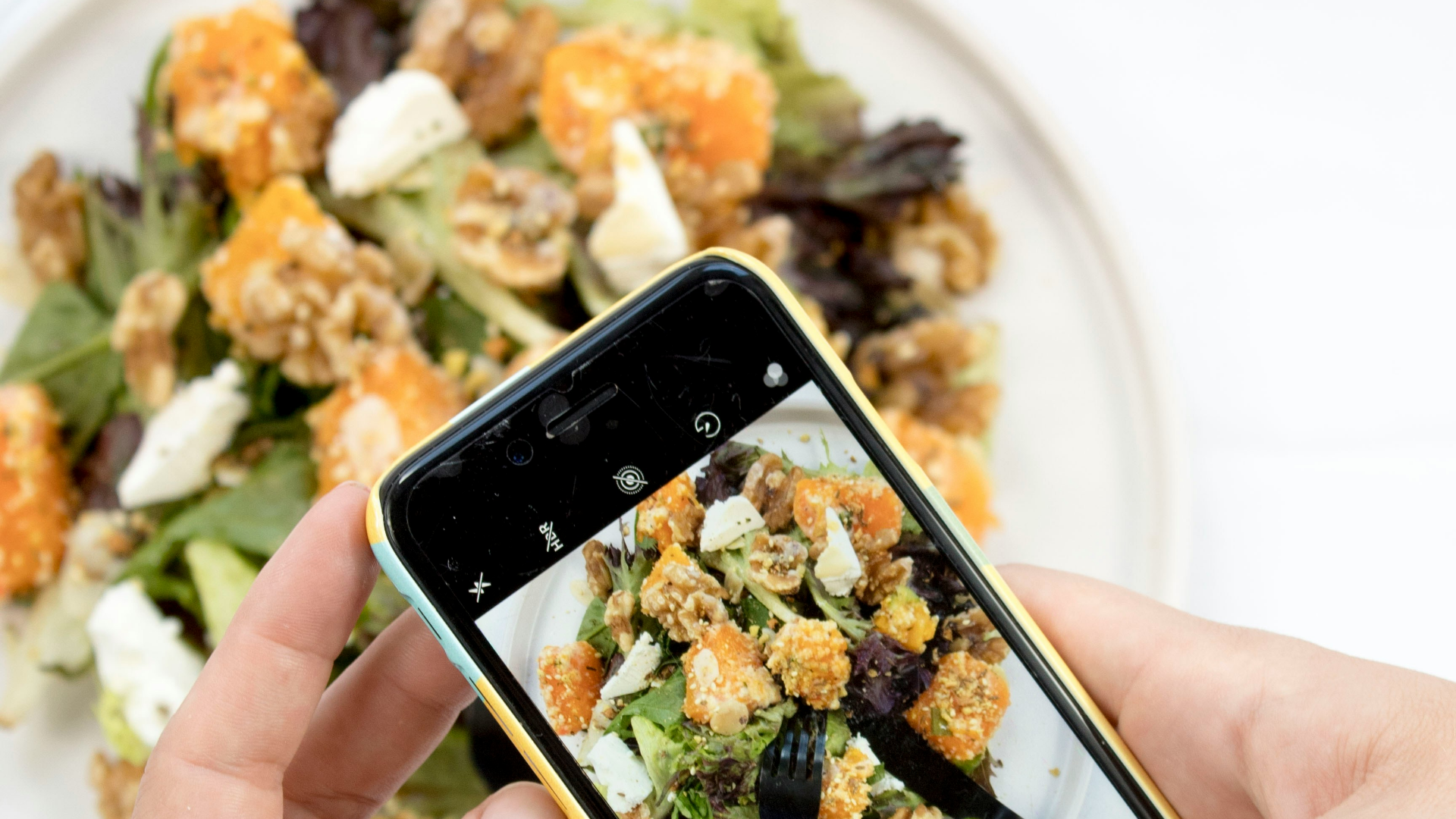Email Marketing for Nutritionists
Simple Welcome + Nurture Templates

Email is one of the most effective tools for nutritionists. It builds trust, creates steady connection, and helps you stay in front of people who aren’t ready to book yet. Social media is fast and loud. Email is calm and personal. And the best part? You only need a simple system to make it work.
This guide gives you a clear email plan plus a welcome sequence and weekly templates you can copy today. If you want all the emails fully written, they’re included in the Nutritionist BrandPack.
Let’s build an email system that supports your business every week.
Why Email Works Better Than Social Media
People read emails when they’re:
- starting their day
- thinking about making a change
- struggling with a problem
- looking for encouragement
Email helps you:
- stay top-of-mind
- give value
- build trust
- guide people toward booking
The Email Nurture System section in the Nutritionist Marketing Guide explains how email fits into your complete marketing flow.

What Every Nutritionist Email System Needs
A strong system includes three parts:
1. A welcome sequence
This introduces your personality, your approach, and the next steps.
2. Weekly helpful emails
Short, friendly messages that help people feel supported.
3. Clear calls-to-action
Simple invites like “book a consult” or “download the guide.”
You do not need long emails. You don’t need deep science. You need clarity and consistency.
Related Guides
The Simple 5-Email Welcome Sequence
Here’s a structure that works well:
Email 1: Welcome + small win
Give readers something helpful right away.
Email 2: Your story
Share why you care and how you help.
Email 3: The problem you solve
Explain the struggles your ideal clients face.
Email 4: The path forward
Show your approach and how your program works.
Email 5: Invite them to take the next step
Keep it friendly. “Whenever you feel ready, book a consult.”
You can see examples inside the Nutritionist BrandPack.
Want help growing your nutritionist business?
Book a FREE Strategy Session and discover how to build a more credible online presence.
What to Put in Your Weekly Emails
Each email should be:
- short
- grounded
- helpful
- easy to read
Great weekly email topics include:
- morning routines
- grocery lists
- meal ideas
- tips for steady energy
- snack ideas
- encouragement
- simple habit reminders
- one small win
If you want a deeper list, see the Marketing Strategies That Work section of the Nutritionist Marketing Guide.
How to Write Emails People Actually Read
Use this simple structure:
- Start with a problem or feeling
“If you’re tired of guessing what to eat…” - Give a helpful tip
“Try adding more protein to breakfast.” - Explain why it matters
“It helps keep your blood sugar steady.” - Invite the next step
“When you’re ready, book a consult.”
This makes your emails clear and helpful.
Related Guides
How to Stay Consistent With Email
You don’t need to be perfect.
You need a plan you can repeat.
Stay consistent by:
- batching 3 emails at once
- using templates
- saving ideas in a notes app
- keeping emails short
- reusing social media ideas
The Nutritionist BrandPack gives you 12 months of prompts.
How to Grow Your Email List
Use:
- a simple lead magnet
- social media stories
- website pop-ups
- blog posts
- partnerships
- reels that offer something free
Your website should link to your lead magnet in multiple places. You’ll find guidance for this in the Professional Website section inside the Nutritionist Marketing Guide.
When to Sell in Your Emails
You don’t need to sell constantly.
Just make it easy for people to take the next step.
Use simple CTAs like:
- “Book a consult when you’re ready.”
- “See my programs here.”
- “Download your guide.”
Sprinkle these into your welcome sequence and weekly emails.
The Email Nurture System section of the Nutritionist Marketing Guide explains how to place these naturally.
Email is one of the most reliable tools for growing your nutrition practice. It builds trust, gives value, and keeps you connected with people who need more time before booking. When you use a simple welcome sequence and weekly rhythm, clients show up consistently.
If you want pre-written emails, templates, and the full nurture system built for you, explore the Nutritionist BrandPack.
Action Plan
This week:
- Create your welcome sequence
- Write your first two weekly emails
- Add your email form to your website
This month:
- Build your lead magnet
- Grow your list with social posts
- Track your open rates
This quarter:
- Refine your weekly rhythm
- Segment your audience
- Add automation
If you want help building your full email system, book a Strategy Session and we’ll map it out together.
Frequently Asked Questions
Nutritionist Marketing
What Content Helps Nutritionists Attract Paying Clients?
Content that solves real problems and makes people feel understood attracts clients. Simple tips, routines, meal ideas, and stories work best.
Do Nutritionists Need Social Media to Get Clients?
You don’t need social media to get clients, but it helps. What matters most is consistency and clarity... not posting every day or going viral.
Should Nutritionists Offer a Free Intro Call?
A free intro call can be helpful if it’s structured. The key is keeping it short, simple, and focused on understanding the client’s problem... not giving away full coaching sessions.
What Should a Nutritionist Put On Their Website?
A nutritionist website should be simple, clear, and designed to build trust fast. It should include who you help, what problem you solve, your programs, proof, and a simple way to book a consult.
How Should Nutritionists Choose a Niche?
Choose a niche that matches your strengths, your interests, and the problems your ideal clients are already searching for. Clarity attracts clients faster than trying to serve everyone.







